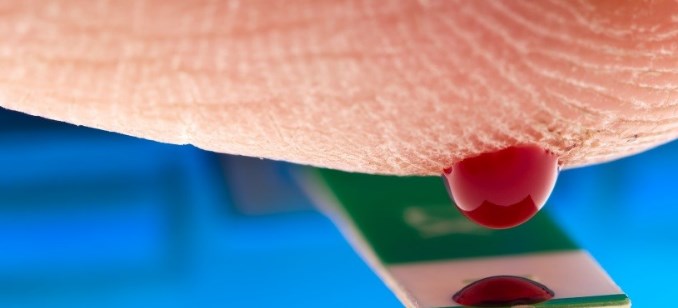The carbohydrates we eat during digestion are broken down in the body and converted into a special sugar called glucose.
Table of Contents
Glucose is a source of energy for the cells that make up muscle and other tissues.
After absorption from the intestine, glucose enters the bloodstream and from here it enters the cells with the help of the hormone insulin.
Blood glucose levels, or glycemia, are measured in two international units: mmol / L and
- mg / dL. The formula is used to convert them:
- Mmol / l = mg / dl: 18 (rate is divided by 18)
- mg / dl = mmol / l x 18 (rate multiplied by 18)
Blood glucose levels are called hyperglycemia;
Normally low content – hypoglycemia;
Normoglycemia is normal.
Measuring blood sugar levels is an important diagnostic tool for assessing carbohydrate metabolism, detecting diabetes or its predisposing conditions, and monitoring the process of treating already diagnosed diabetes.
To confirm the diagnosis of diabetes, blood sugar is measured in blood taken from a vein, and glucose in the capillary blood taken from a finger is mainly used for self-monitoring at home during an already confirmed diagnosis.
There are several ways to check your blood glucose levels:
Glucose testing on an empty stomach: Fasting is a condition in which at least 8 hours have passed since the last meal.
- Normal rate: 70 – 99 mg / dL (3.9 – 5.5 mmol / L)
- Prediabetes: 110 -125 mg / dL (5.6 – 6.9 mmol / L)
- Diabetes mellitus:> 126 mg / dL (7 mmol / L)
Glucose study 2 hours after eating:
- Norm: <140 mg / dl (7.8 mmol / L)
- Prediabetes: 130 – 200 mg / dL (7.8 – 11.1 mmol / L)
- Diabetes mellitus:> 200 mg / dl (11.1 mmol / l)
Glucose Tolerance Test: A sugar test on an empty stomach and 75 mg of glucose dissolved in water within 2 hours of ingestion. This method is used to confirm the diagnosis in suspicious cases.
Glucose testing independently of eating: The usual blood glucose level measured at any time of the day should not exceed 140 mg / dL.
Glycated hemoglobin test (HbA1C or A1C): The test allows us to determine the average blood glucose level in the last 2-3 months. Hemoglobin is a protein in red blood cells that provides oxygen to the body. It also has the ability to bind glucose.
This test determines how much of the total amount of hemoglobin is glycated or glucose-bound. The higher the blood glucose, the more hemoglobin is bound to glucose. Because the lifespan of hemoglobin is 2-3 months, the essence of this study is to determine the average amount of sugar in the blood in recent months. if your blood sugar is not normal and you want to use pills to control your blood sugar so please order now sugar balance Pills.
- Norm: <5.7%
- Prediabetes: 6.7 – 7.4%
- Diabetes mellitus:> 6.5%






















